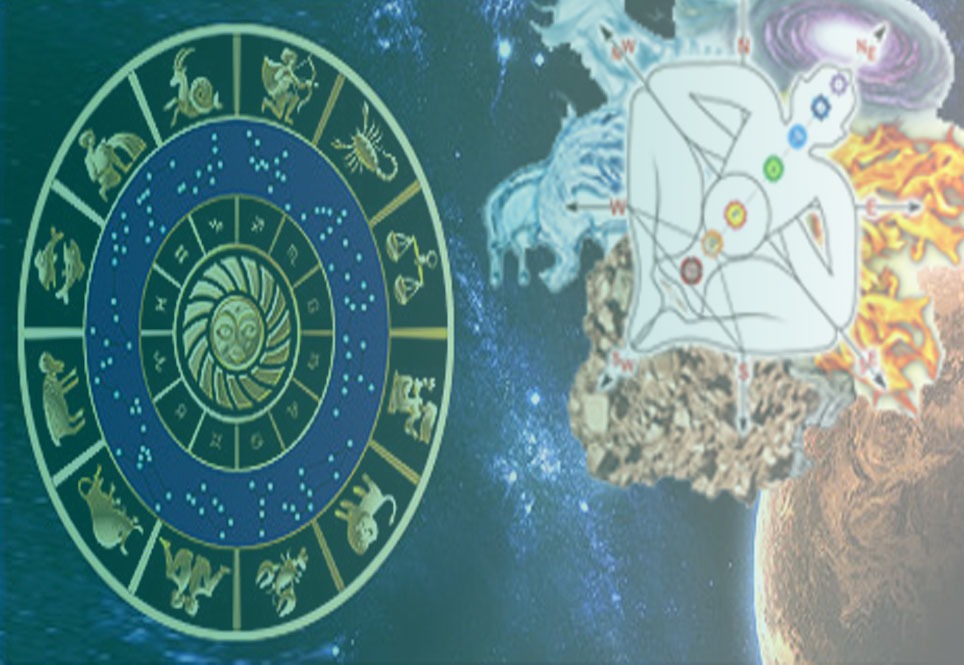
Astrological relevance in Vastu Studies
Vastu Shastra, the ancient Indian science of architecture and construction, is deeply intertwined with the principles of astrology. This harmonious integration of Vastu and astrology stems from the belief that the cosmic forces and celestial bodies have a profound influence on the built environment and the lives of its inhabitants. By incorporating astrological insights into Vastu studies, one can create structures that are not only aesthetically pleasing but also resonate with the cosmic rhythms, fostering well-being, prosperity, and spiritual growth.
The Vedic Origins:
The roots of the astrological relevance in Vastu can be traced back to the Vedic era, where the study of astrology (Jyotisha) was considered an integral part of the ancient Indian knowledge systems. The Vedas, the most sacred scriptures of Hinduism, recognized the cosmic influences of celestial bodies on all aspects of life, including the built environment.
The Sthapatya Veda, the Veda of architecture and construction, laid the foundation for Vastu Shastra and emphasized the importance of aligning structures with the cosmic order. This ancient wisdom recognized the interconnectedness between the microcosm (the built environment) and the macrocosm (the cosmic universe), leading to the integration of astrological principles into Vastu studies.
Astrological Influences in Site Selection:
One of the primary areas where astrology plays a significant role in Vastu is site selection (Bhupariksha). According to Vastu principles, the astrological configuration of planets, stars, and celestial bodies at the time of site selection can have a profound impact on the energy and vibrations of the land.
Vastu experts, in collaboration with astrologers, carefully analyze various astrological factors, such as the position of the planets in the zodiac, the influence of the Moon’s phases, and the auspicious timings (Muhurta) to identify the most favorable site for construction. This ensures that the chosen site is aligned with cosmic energies, promoting positive vibrations and setting the foundation for a harmonious and prosperous structure.
Cosmic Alignments and Structural Orientation:
Astrological principles also guide the orientation (Dikpratishtha) and alignment of structures in Vastu. The cardinal directions (east, west, north, and south) are associated with specific planetary influences and energies, which are taken into account when determining the optimal orientation of a building.
For instance, the eastern direction is often favored for main entrances, as it is associated with the rising sun and the planet Jupiter, believed to bring prosperity and growth. Similarly, the northern direction is considered auspicious for certain areas of the structure, as it is influenced by the celestial bodies that govern wealth and stability.
By aligning the structure with the cosmic energies associated with different directions, Vastu aims to create an environment that harmonizes with the astrological forces, promoting positive energy flow and mitigating negative influences.
Astrological Calculations and Measurements:
Vastu Shastra incorporates intricate astrological calculations and measurements to determine the optimal dimensions, proportions, and spatial arrangements of structures. These calculations are based on the positions and movements of celestial bodies, as well as their interactions with the zodiac signs and planetary configurations.
For example, the length, width, and height of a building may be determined based on astrological factors, such as the ascendant (Lagna) and the positioning of the Moon and other planets at the time of construction. These measurements are believed to resonate with the cosmic energies, creating spaces that are in harmony with the universal rhythms and promoting the well-being of the occupants.
Astrological Remedies and Vastu Corrections:
In cases where Vastu defects or imbalances are identified in an existing structure, astrology plays a crucial role in providing remedial measures. Vastu experts often collaborate with astrologers to analyze the astrological influences contributing to the imbalances and prescribe appropriate remedies.
These remedies may involve making structural changes, incorporating specific materials or objects (such as gemstones or crystals), performing rituals or ceremonies, or implementing Vastu corrections based on astrological principles. The goal is to realign the built environment with the cosmic energies, neutralizing negative influences and restoring balance and harmony.
Integrating Astrological Inputs:
The integration of astrological principles into Vastu studies requires a deep understanding of both disciplines and their intricate interplay. Vastu experts often work closely with experienced astrologers, seeking their insights and guidance throughout the various stages of construction, from site selection to the final completion.
Astrologers analyze the birth charts (Janma Kundali) of the owners or occupants, as well as the astrological charts specific to the construction project (Grahashanti or Vastushanti), to provide recommendations and suggestions that can be incorporated into the Vastu design and planning.
This collaborative approach ensures that the built environment is not only in harmony with the physical laws of nature but also resonates with the cosmic energies and astrological influences, creating spaces that promote holistic well-being and prosperity.
Conclusion:
The astrological relevance in Vastu studies is a testament to the holistic and interconnected worldview of ancient Indian wisdom traditions. By acknowledging the profound influence of celestial bodies and cosmic forces on the built environment, Vastu Shastra goes beyond mere physical considerations and delves into the metaphysical realms.
The integration of astrology and Vastu creates a synergistic relationship, where the principles of architecture and construction are seamlessly woven with the insights of cosmic energies and celestial rhythms. This harmonious union results in structures that not only meet practical needs but also resonate with the universal order, fostering well-being, prosperity, and spiritual growth for those who reside within them.
As we continue to explore and understand the depths of these ancient sciences, we are reminded of the inherent interconnectedness between the material and the cosmic realms, and the profound wisdom that lies at the intersection of these disciplines.




